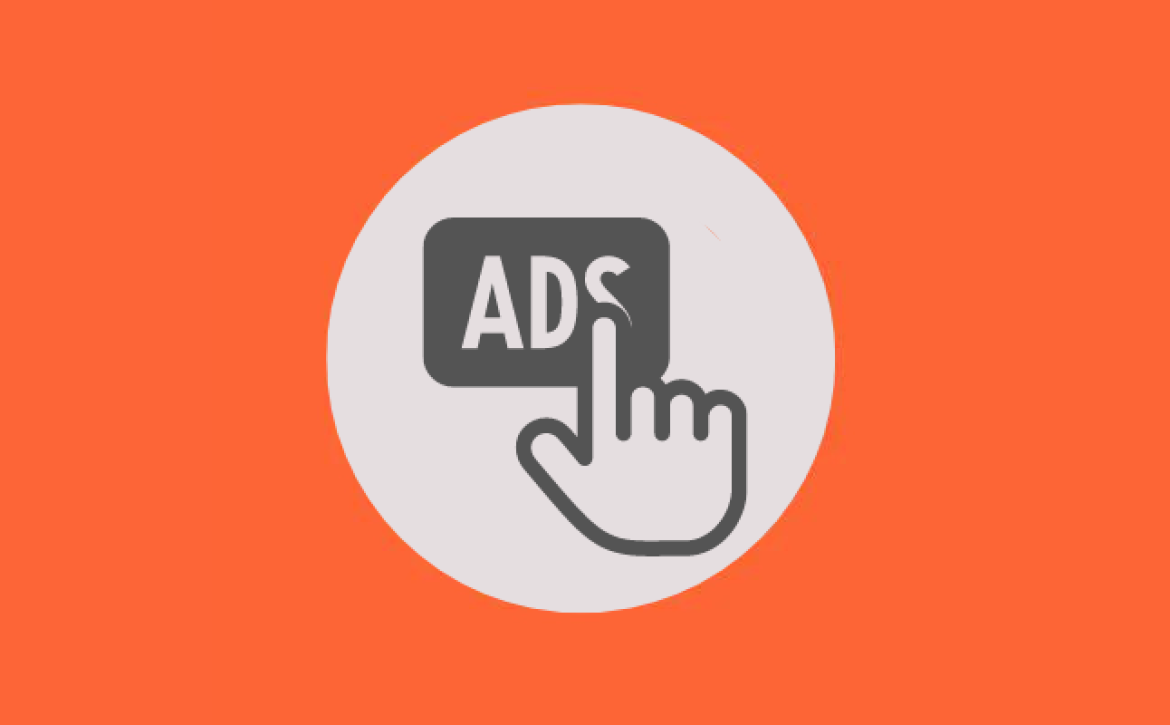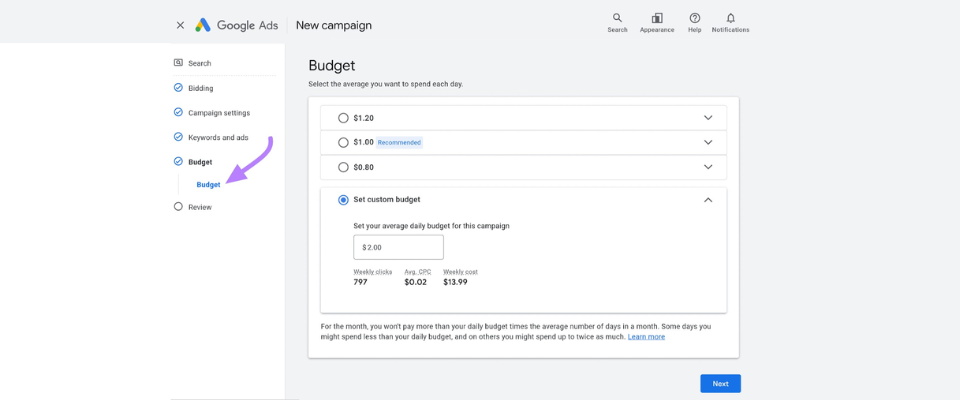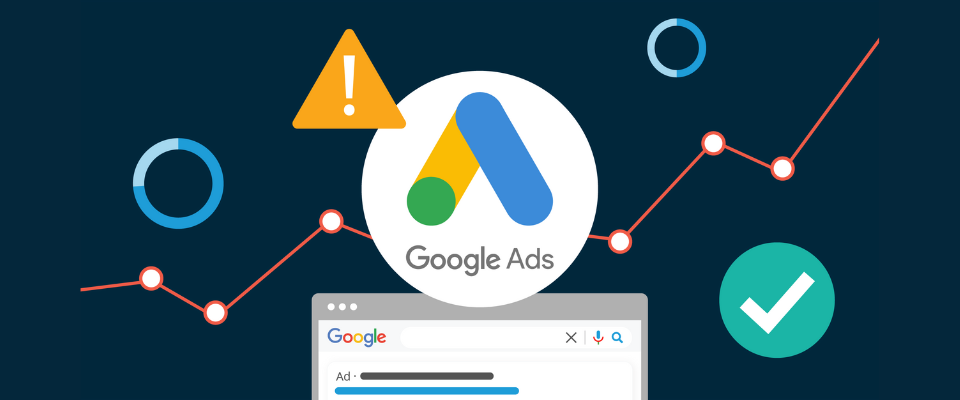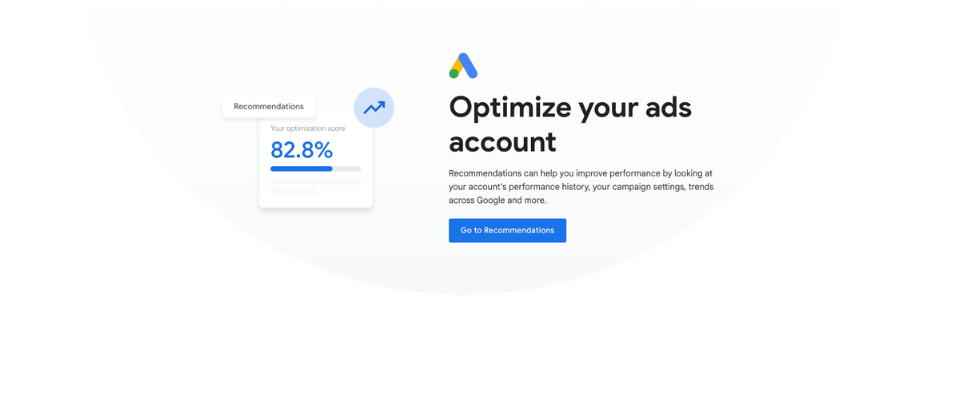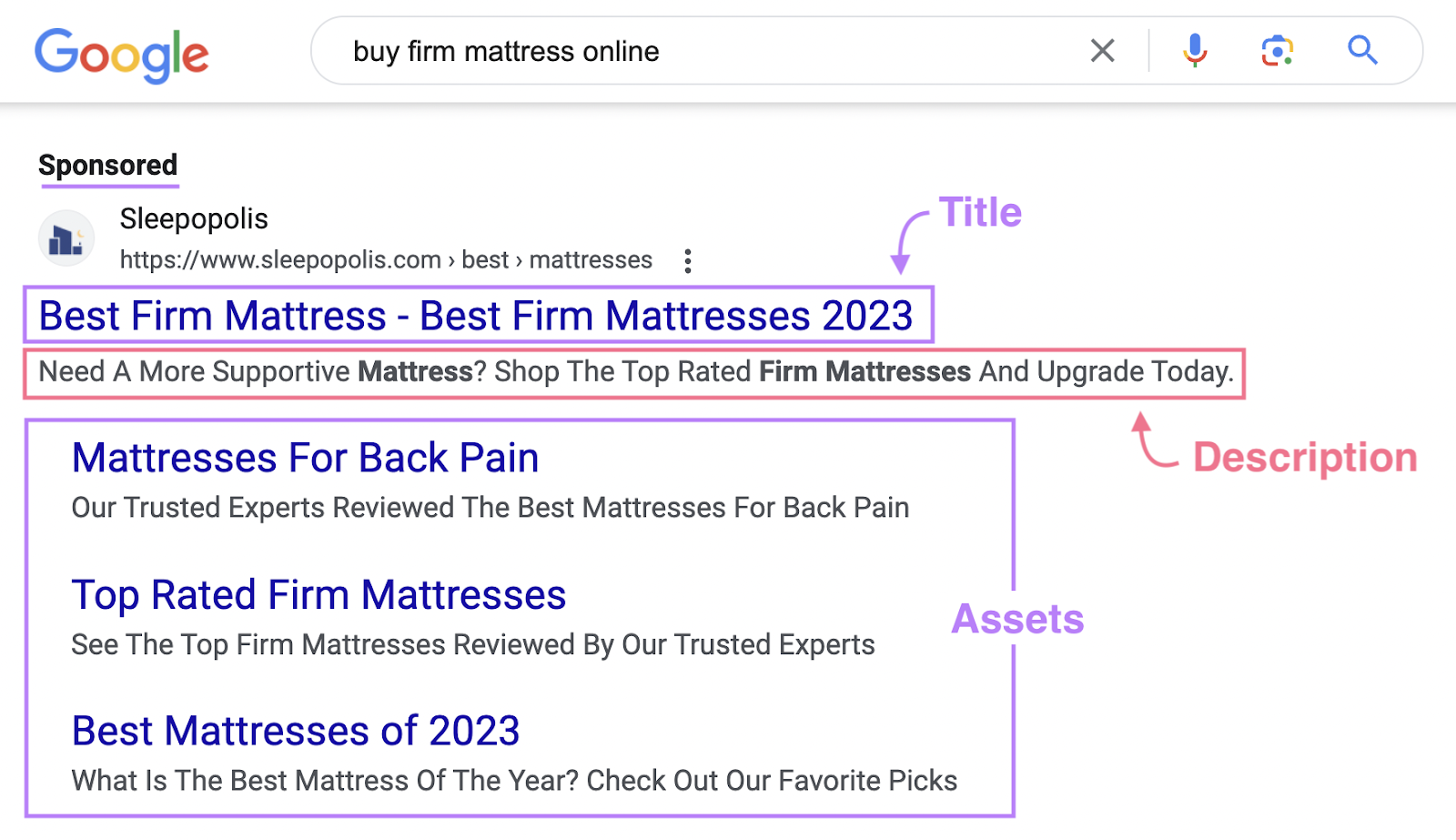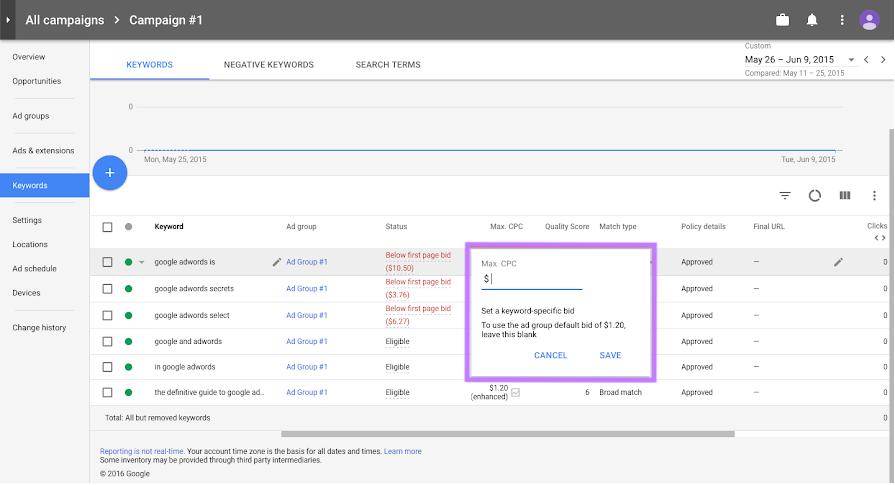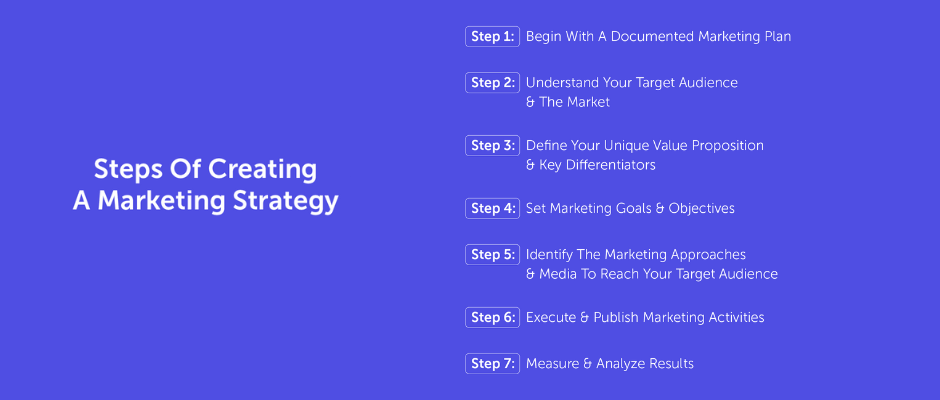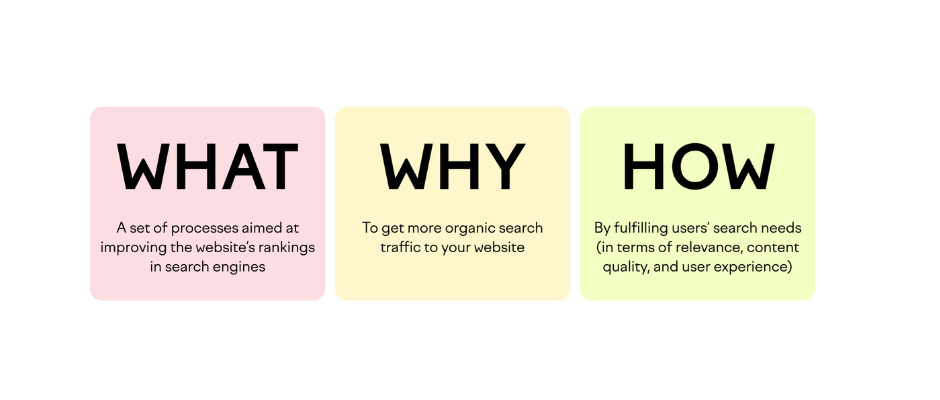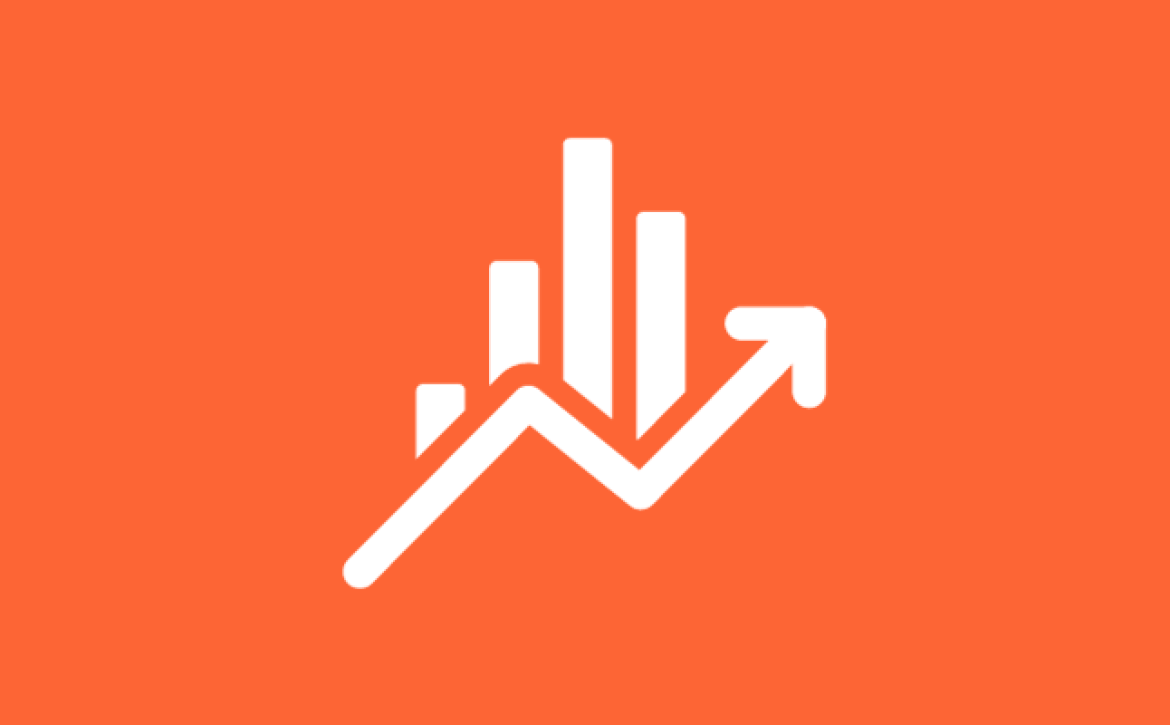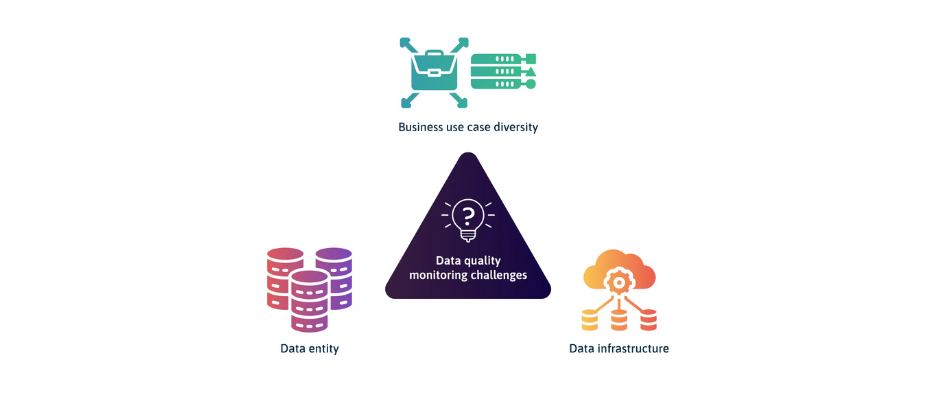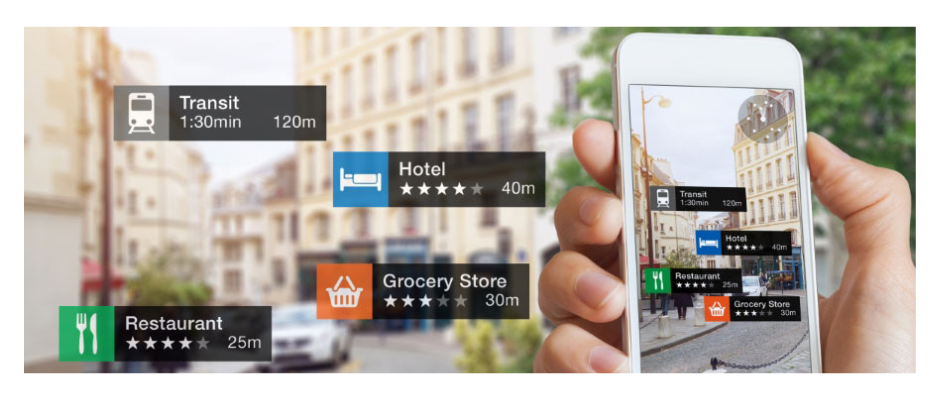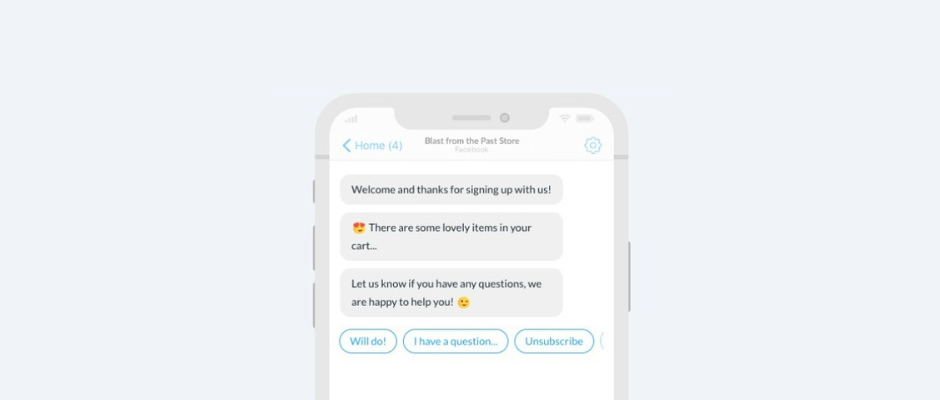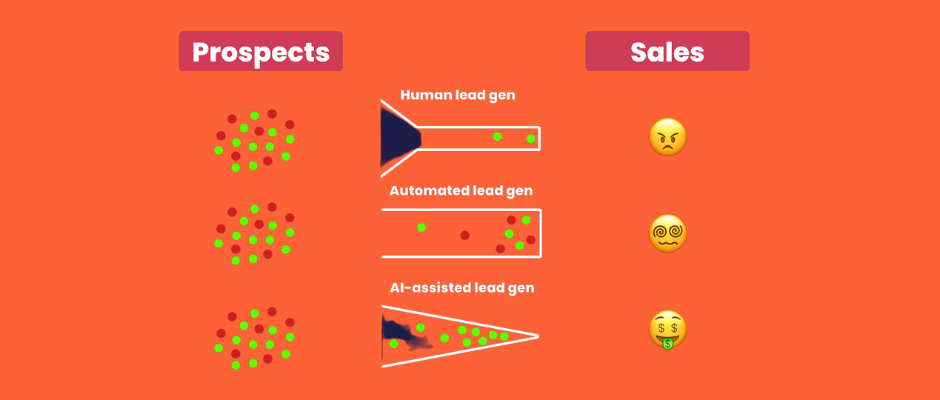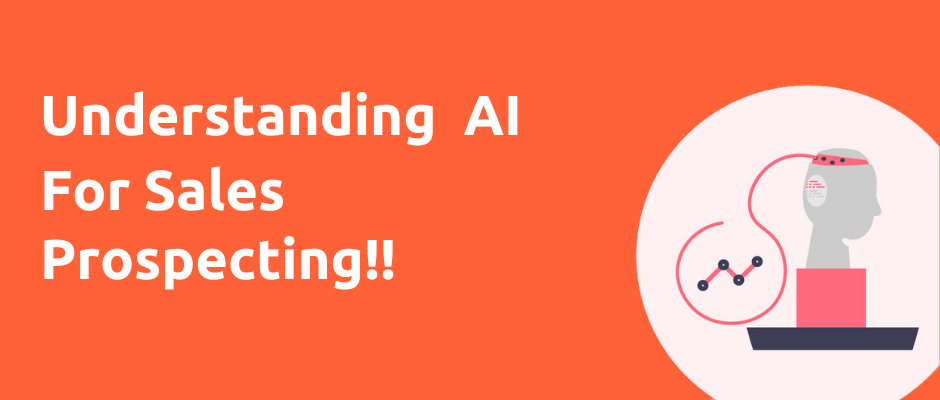9 Game-Changing PPC Trends to Dominate 2025 – A Comprehensive Guide
The world of paid-per-click (PPC) advertising is evolving at an astonishing pace, and as we approach 2025, marketers must stay ahead of the curve. Since the late 1990s PPC has grown drastically, did you know that by 2026 global digital advertising spending is expected to reach $500 billion? This exhibits that businesses should invest in Paid advertising to thrive in 2025.
Next year promises to revolutionize the Paid Per Click Advertising. Your campaigns should embrace the new PPC trends in 2025, starting from AI automation to hyper-personalization which helps your businesses to stay connected with your audience in a new way and keep you competitive in the market. That’s why we have curated a list of top PPC trends to help you maximize your ROI (Return on Investment) through the paid campaign. Check out our hottest trends picked by our experts that gonna make huge changes in 2025;
- Automation and AI-driven PPC Campaigns
- Embracing Microsoft Ads to reach a wider audience
- Impact on Evolving Consumer Behaviour & PPC Strategies
- Focus on Smart Bidding Strategies to Maximize the ROI
- Leveraging Voice Search Optimization
- Hyper-Personalization and Advance Audience Targeting
- Incorporating Video Ads within PPC
- Exploring Cross-Platform Attribution

Are you interested in learning more about these emerging PPC trends, Keep on reading!
01. Automation and AI-driven 🧳 PPC Campaigns
PPC is not an exception in the way that Artificial intelligence and Automation are making huge waves across all digital marketing channels. The hottest trend to look out for in 2025 is automating your paid media campaigns using AI tools. These AI tools help you to streamline your ad campaign through advanced targeting, bid adjustment and campaign optimization without affecting your ROI.
Google Ads and Meta Ads are already shifting toward AI automated campaign which helps optimize bids in real-time, enhance targeting, and improve return on ad spend (ROAS). In Meta, you have an inbuilt option to automate your campaign by simply setting up your objective. Once you set your objective, your campaign will automatically be set up for the specific audience. So now you can spend your time with creatives.

With AI, marketers can manage enterprise-level campaigns more effectively and efficiently, through delivering personalized ads to the right audience at the right time. Keep these tips in mind when integrating automation within your PPC campaign
📌 Monitor Regularly: Automation isn’t a one-time work, Keep an eye on the performance and adjust the campaign manually when needed
📌 Start small and grow: Make sure to automate one aspect first such as bidding. Once you’re able to assess the performance and get familiar with automation gradually you can put focus on automating other features.
📌 Think beyond campaign automation: Look beyond automation, you can use PPC automation tools like Coupler.io to track all the data of your campaign performance and assess your campaign across multiple platforms.
📌 Be Selective, and maintain human touches: Note everything should be automated. Automation can save time but a few tasks need attention and it should be handled by humans.
You too have to keep an eye on your competitors, the keywords and the amount they bid for to plan your ad budget. If you’re moving with high competition, high volume keywords with higher CPC then you have to invest more in your ad budget.
02. Embracing ![]() Microsoft Ads to reach a wider audience
Microsoft Ads to reach a wider audience
As we all know, Google ads have flooded with competitors, so it’s time to diversify your ad strategy by focusing on different platforms like Microsoft. Exploring various alternative platforms can help you to reach more target audiences and help to tap the saturated opportunities.

Microsoft advertising has significantly advanced in recent years. They now have an advanced option to get more clicks at low cost. Now is the ideal time to invest in Microsoft Ads to leverage its AI-driven features and compete in a less competitive bidding environment.
03. Impact on Evolving ![]() Consumer Behaviour & PPC Strategies
Consumer Behaviour & PPC Strategies
It’s vital for advertisers to understand and adopt the evolving changes in consumer behaviour to stay on top of the competitors. In recent years consumers have become more cautious of advertisements because they view them as annoying or spammy. This sudden shift has increased the number of ad blockers in use.
In today’s world, just focusing on generic ad copy or broad ad targeting won’t work, advertisers should focus on precision targeting via personal ad campaigns to connect with the customers.

How you can adapt your PPC Strategy to changing consumer behaviour;
📌 Focus on personalized ads with the use of audience insights. Tailor your ads to address the needs and interests of your target audience. A smart move is to focus on a smaller audience rather than a wider audience.
📌 Since consumers demand authentic brand messages, your ads should prioritize authenticity and transparency messaging that aligns with your brand value
📌 Use various ad types and platforms to reduce the contrast of the channel where ad blocker usage is high. Utilizing different platforms and types will help you to reach a greater audience.
04. Focus on Smart 💹 Bidding Strategies to Maximize the ROI
According to experts, smart bidding strategies are set to dominate in 2025. With the use of Google AI smart bidding strategy optimize your conversions for each auction. It allows you to enhance your bids to get the most out of your budget.
How to Boost Your ROI with the Smart Bidding Strategy
📌 Target Cost Per Action (CPA): This technique is an automated approach that allows you to define the average cost per action or conversion. Based on the target amount Google automatically set your bids according to the probability of conversion/action through your ad.
📌 Target Return On Ad Spend: This is another amazing approach that allows Google AI to analyze and forecast your expected conversion and automatically optimize your bid to improve your ROI.
📌 Maximize Conversions: Google AI determines the bid amount that helps you to maximize your conversion.
2025 Demands advertisers to use Smart Bidding Strategies to maximize their ROI from the allocated budget.
05. Leveraging Voice Search 📢 Optimization
Voice search is becoming the new normal with the rise of voice assistants like Siri, Alexa and Google Assistant. Advertisers must optimize their PPC campaigns for voice searches rather than text-based searches. What makes voice search more convenient is the use of conversational queries. Advertisers should focus on integrating natural, conversational and long-tail keywords within the campaign.
Actually, voice search is more effective and unique in its own way compared to other search intent because it focuses more on specific question-related or location-related queries. Focusing on long-tail keywords helps you to outrank your competitors with low search volume and reduce your CPC (cost per click). For example, the keyword “best pizza shop near me” has very little search volume but it has higher visibility.

Here are a few strategies to optimize your PPC campaign for Voice Search:
📌 Incorporate Long Tail Keywords: Focus on integrating long tail keywords which are more natural and conversational.
📌 Optimize the questionary phrases: Incorporate questionary keywords within your keyword strategy like “How, Where, What”
📌 Focus on Location-based Search Intent: Voice searches are common within location-based searches. Ensure your campaign is optimized for location-based targeting and queries.
📌 Structure Your Content for Direct and Instant Answers: Make sure you are structuring your content in a more precise and clear manner in a way voice assistants can interpret easily.
As an advertiser, it’s crucial to adopt the Voice Search trend in 2025 to stay ahead of the competitors. Embracing voice search within your Ad strategy helps you drive more qualified traffic and conversions to your business.
06. Hyper-Personalization and Advance ⏳ Audience Targeting
In recent years customers have been looking for tailored experiences which demands advertisers to focus on advanced audience targeting and hyper-personalization. What do you mean by hyper-personalization? It means speaking directly with the audience’s unique interests, behaviour and preferences. Businesses can tailor their messages to their audience through advanced targeting options.
Nowadays platforms have advanced targeting options behavioural targeting, analyzing audience online behaviour, and lookalike audiences which allows to analyze the traits of the customers. Based on the data collected, you can personalize your ads to reach specific audience segments which will enhance the conversion rates.

How to leverage hyper-personalization and advance targeting within your PPC Strategy in 2025
📌 Focus on precise Audience Segmentation: Split your audience into smaller, distinct audience segments and customize the message to specific segments.
📌 Utilize Multiple Targeting Options: Layer your targeting options into income, interests, behaviour, location etc to narrow your target audience.
📌 Craft Personalized Ad Copy and Creatives: Draft ad copies and visuals that are tailored to your audience’s interests using relevant triggers like language or images.
As competition grows, focusing on hyper-personalization and advanced targeting helps to connect with the audience directly and enhance the user experience.
07. Incorporating Video 📽️ Ads within PPC
Another big cornerstone that will revolutionize PPC in 2025 is Video Ads. Compared to other content types Video content is more engaging and captures the audience’s attention quickly. It creates an emotional connection with the audience through engaging short videos. Most of the platforms like Facebook, Instagram, and YouTube allow you to run video ads or bumper ads to reach your target audience.

According to the research study, the average span to grab the attention of your audience is 8 seconds and the average time of viewing a video is 2.7 minutes, which means still video ads are high-performing ads to capture the audience’s interest.
Here I have added a few simple hacks to make your video worth watching;
📌 Speak through visuals: Craft ads that are visually appealing and that can convey your message even if your audience is muted. Most people play video ads without sound so it’s vital that your video conveys the actual message even without sound.
📌 Hook Your Audience Attention Immediately: The audience has a very short attention span. Catch your audience’s attention in the opening seconds with bold visuals or intriguing content.
📌 Add a Call to Action (CTA): Direct your audience to take action. So add a clear call to action at the end of the video to keep your users engaged.
In 2025 in order to make your ads more engaging and attractive, make sure to integrate high-quality visually appealing video content within your campaigns to enhance your brand awareness and reach a wide audience.
08. Exploring Cross-Platform 🔗Attribution
Nowadays customer journey is more complicated because customers engage with various ads on different platforms before making a purchase. There is no point in allocating your ad budget on the first or last touch point. If you have a tight ad budget, you should know which platform provides the best ROAS. This is where multi-channel attribution comes in, it helps you to get a glimpse of the whole journey the consumer goes through right from the time he/she interacted with your first ad to the moment, to made the purchase. Through the help of the multiple attribution models, you can determine which of the touch points are the most valuable and adjust your PPC ads to yield the most profit.

There are so many marketing attribution tools but their implementation cost high and its difficult to handle, but you can follow this simple way to understand your customer’s touchpoints;
📌 Begin with simple effective technologies – You can use tools like Looker Studio, Coupler.io, and GA4. Map out the conversion paths, compile performance data from your ad platforms and GA4 account, and display the results in a real-time dashboard. This method enables you to provide credit to the most valuable platforms by comparing factors like remarketing engagement and platform cost-effectiveness.
📌 Create a basic attribution model and then progressively add additional details as you get insight into your customers’ interactions and conversion rates.
📌 Make frequent adjustments to your model to reflect evolving data, consumer trends, and customer behaviour. A PPC multi-channel dashboard can be used to monitor important metrics, such as conversions.
Just like in 2021, staying ahead of the game means understanding and effectively employing those strategies detailed below in order to get your PPC dollars working where they are most effective.
🔔 Why PPC Trends for 2025 Matter?
PPC marketing is growing rapidly and it’s very challenging for advertisers to compete in the market. It’s crucial to ensure that your marketing strategy aligns with current trends, so it’s time folks to embrace the new PPC trends we discussed today to stay on top of the market in 2025. However, tracking these trends and implementing them effectively can be incredibly time-consuming. Ready to future-proof your PPC campaigns? Stay ahead of the curve by embracing these trends today! The future of advertising is evolving rapidly—don’t wait to adapt and thrive! Have thoughts on these trends or your own predictions for 2025? Share them in the comments below!


